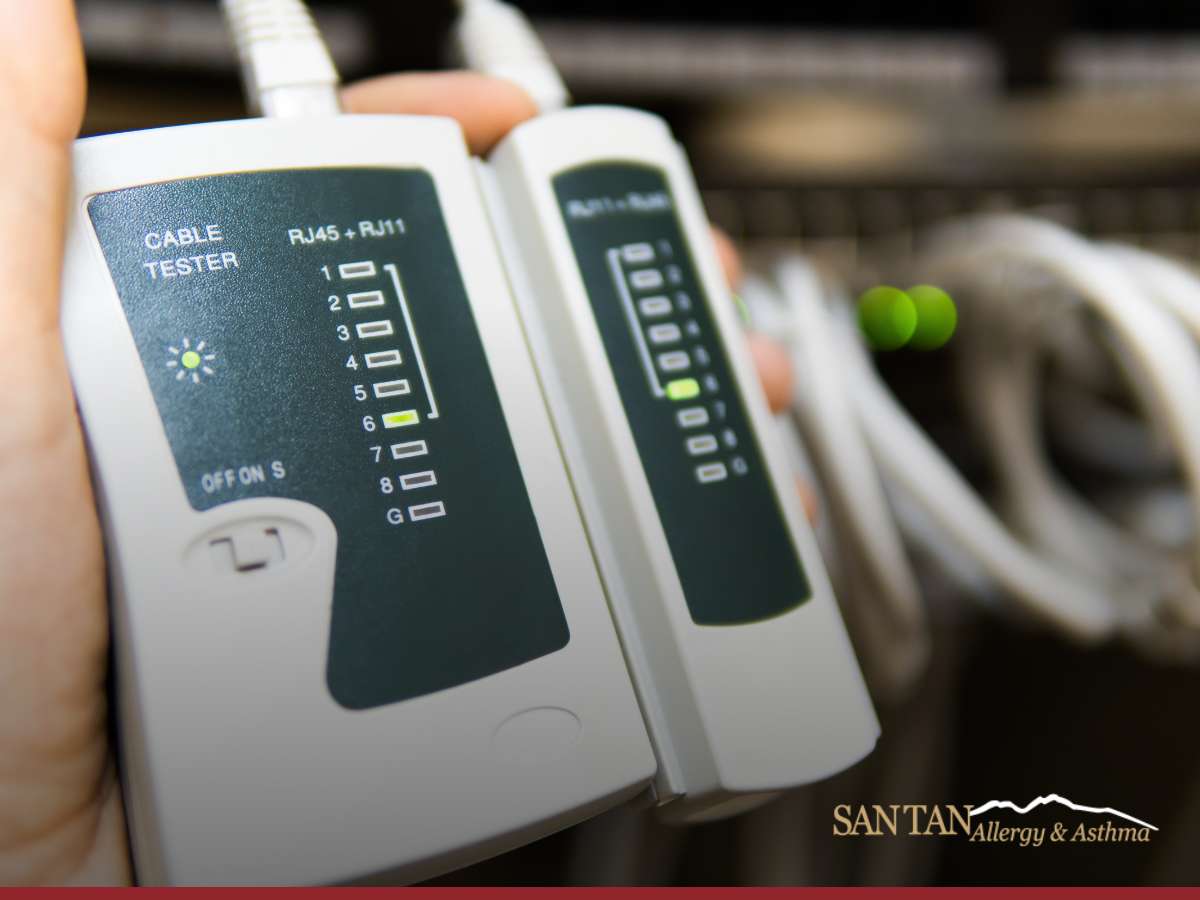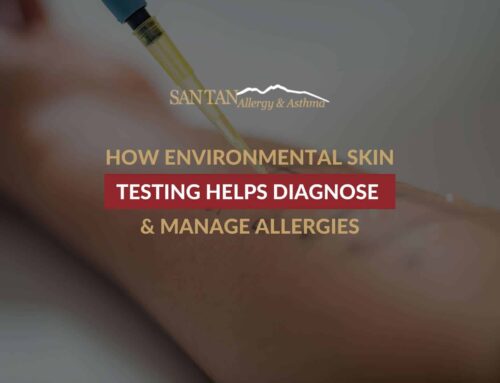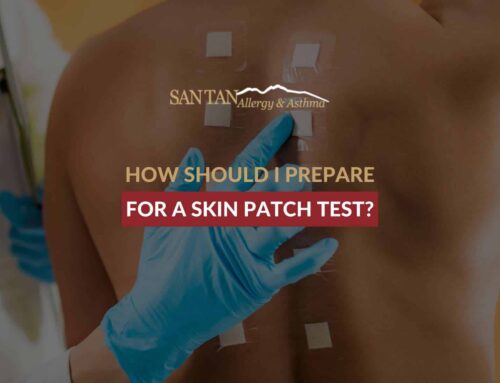Allergy Testing: Determining The Source Of An Allergic Reaction
Have you ever wondered why some allergy tests require a skin prick instead of a patch test? If you want to figure out the difference between the two, keep reading below.
Both skin allergy tests are valid, but each has different pros and cons. For example, skin patches are convenient because they don’t require the presence of a medical professional. On the other hand, skin pricks are more accurate since a doctor has better control over where the needle goes.
Allergy testing is the most effective method for determining the source of an allergic reaction. You can be allergic to nearly anything, from foods to dust or mold. However, identifying the allergens that cause allergic reactions can be complicated. With the help of your Mesa allergist doctors, allergy skin testing can provide an accurate diagnosis.

Why Is Skin Testing Important For Allergies?
Skin testing is the quickest method of diagnosing allergies, with findings available in as little as 15 minutes. Your allergy doctor can do many skin tests for allergies while closely watching them. Once the results are available, your doctor can create a treatment strategy that lowers the chance of an allergic reaction.
Skin prick and skin patch tests are the two methods of allergy skin testing.
What Exactly Is a Skin Prick Test?
Skin prick tests are necessary to detect allergic reactions to food, pollen, mold, and pet dander. By observing skin reactions, the test seeks to determine the level of immunoglobulin E (IgE) antibodies. Substances suspected of triggering allergic reactions — potentially up to 50 allergens – are applied to the forearm or back, and the doctor uses a needle to puncture the skin beneath.
A red and itchy hive may develop on the skin soon after the doctor injects the chemical. Your reaction proves you have an allergy to the substance.
Keep in mind that the allergist will test you for several allergens while keeping an eye out for symptoms of an allergic skin reaction. Queen Creek allergy doctors are the only professionals who can perform skin prick tests with a physician to prove if you’re allergic to something.
What Exactly Is A Skin Patch Test?
The skin patch test is an allergy test used to detect specific chemicals that cause contact dermatitis (i.e., skin irritation or inflammation due to contact). Patch testing is the only technique to detect the exact irritating component if you have recently suffered from dermatitis or eczema.
Contrary to skin prick tests, a skin patch test focuses on reactions to contact allergens on the skin rather than to food or airborne allergens. Skin patch test results take between 48 and 96 hours, but skin prick test findings are available immediately.
Usually, two to three office visits are necessary for this allergy test. Your allergist will administer 20 or more chemicals during the initial appointment in little patches to the skin of your arm or upper back for 48 hours.
After that, you must avoid taking a bath, going swimming, and engaging in other activities that make you sweat during that period. On your second visit, the doctor takes the patches off, and your skin is checked for allergic reactions to identify the allergens causing your dermatitis. The Chandler allergist may occasionally request that you return a few days later to check for any delayed reactions.
How To Prepare For The Test
Your primary doctor can refer you to an allergist or dermatologist for additional testing if they think you might have an allergy. The allergist will request medical and lifestyle history, including details about current and prior ailments, your place of residence and employment, and your eating habits.
To get more reliable test results, your allergist will also advise you to stop using certain medications before the test.
You can have immune-response symptoms, such as itchiness, a runny nose, watery eyes, or a skin rash, with an allergy test. For the two days, the patches are taped to your skin during patch testing, you can anticipate a minimally uncomfortable experience and slightly restricted mobility. However, these examinations are painless and safe.
How To Read The Results
A negative test result indicates that you experienced no skin changes in reaction to the allergens. A positive test result is characterized by an itchy, red, raised welt, indicating that you are sensitive to the compound. If the test is inconclusive, your doctor can decide to try another kind of allergy test.
Get In Touch With Gilbert Allergy Doctors
It is crucial to receive a proper diagnosis if you experience any kind of allergies. Contact San Tan Allergy & Asthma today to schedule an appointment and obtain the best attention to understand your condition and find the best treatment for it.

San Tan Allergy & Asthma
4915 E Baseline Rd #112
Gilbert, AZ 85234
Phone: 480-626-6600
Email: officemanager@santanallergy.com
Website: https://santanallergy.com/







